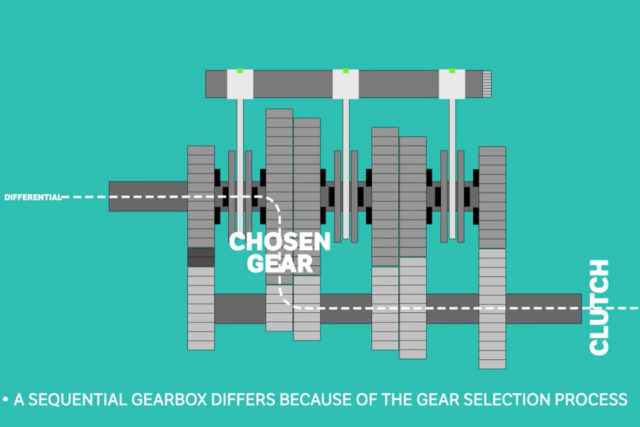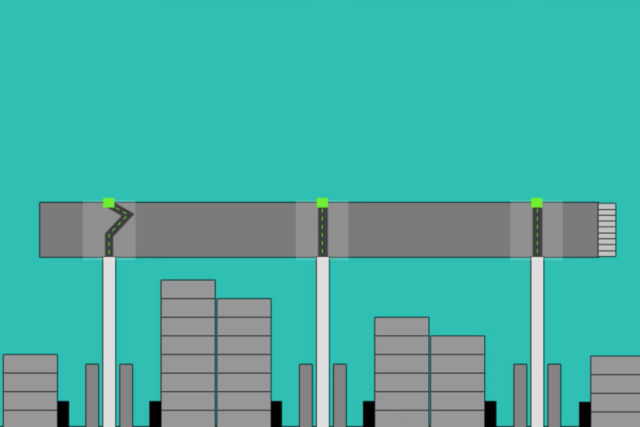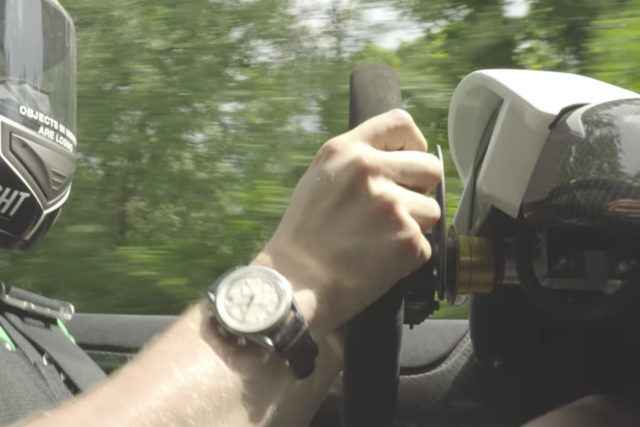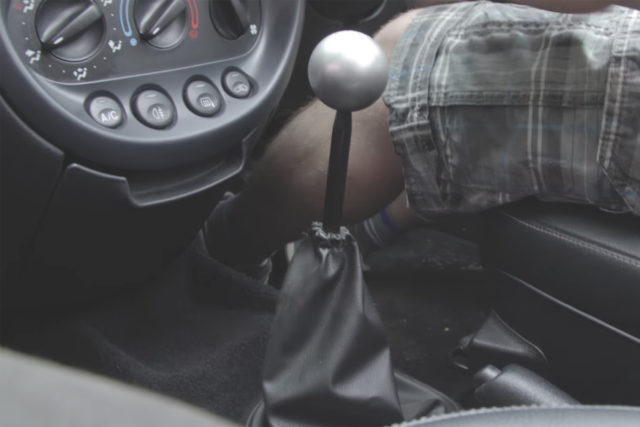Ah, the sequential gearbox–which for many of us is somewhat mysterious. Used in high performance road and track vehicles, the sequential gearbox allows for lightning quick shifts and helps drop lap times. To fully understand the pros and cons of running a sequential gear box, we must first understand how they work.
You start off with power coming from the engine, which then goes though a clutch–pretty standard so far. From there, the engine spins the chosen gear, and power makes its way to the wheels. This is pretty much it though, as how the gears are chosen is completely different. Using a specialized shift selector shaft fork and gear selector, the selector shaft has grooves around it which the selector pins in the gear selector fork follow to change gears by either paddles mounted on the wheel or a gear lever in a similar location you’d find a standard stick shift.
Essentially, depending on how the selector shaft is rotated, the gear selector fork is moved left or right and the desired gear is then chosen. Controlled by pneumatic or hydraulic actuators which turns a gear on the end of the selector shaft, which rotates the selector shaft left or right which then meshes the fork with the desired gear. It sounds complicated, but when you watch the video it begins to all makes sense.
Now, due to the design and name of a sequential transmission, you might guess that gears are chosen sequentially-and you are absolutely right. However, that can be both a pro and a con, so lets dive in and see what thoughts Car Throttle has on this.
Lets start off with the positive side of things, of why the sequential gearbox is awesome to have. Since there is a selector shaft, the need for a clutch is non existent, except for selecting first gear. This does a couple things for you–first off, it makes driving easier since you can focus on driving, and not shifting. Additionally, because the clutch is not needed, you can shift faster which will help on the road course since you spend more time accelerating and hardly any time shifting. Now on to gear jumping and skipping gears. Since the sequential transmission forces you to go through all the gears, you skip the chance of downshifting into a wrong gear which could potentially cause the car to lock up the rear tires or create balance issues as seen at 2:15 when the driver drops into too low of a gear and ends up crashing when the back end comes around.
Now you also might have seen, heard, or done this yourself–you mean to downshift to Fourth, but you choose Second instead and if not caught in time you’ll witness the tach soar far past redline. Because you have to go in order with a sequential transmission, you can’t ever drop into the wrong gear or destroy the engine or transmission from over revving.
When it comes to control, you’ve got more of that too. With steering wheel mounted paddles, the driver can keep their hands on the wheel at all times, instead of needing to remove one hand to grab the next gear. Even if you don’t have paddle shifters, the time required to shift is still significantly less than a normal manual, and you still reap the benefits on having your hands on most of the time.
Sounds like everything is great, right? Wrong! There are some downsides to the sequential transmission as well. They are expensive. We’re not talking, “eh kinda expensive.” We’re talking about full on more than the car itself. The example they use is the NA Miata. The Six Speed Quaife sequential transmission for a 20 year old Miata is $12,000 bucks. Twelve thousand! Considering you can buy a decent NA Miata for about two thousand, costs are quite high. Plus, this example is just an older more basic car. Need something for a newer platform or that requires more power capability? Expect to pay a lot.
This next “con” is something we absolutely do NOT agree with–the sound. Frequently associated with sequential transmissions is the whine produced from the gears, and many gear heads enjoy the sound. We guess if you don’t know cars, you might find it annoying or “unbearable” as Car Throttle puts it, but we love it.
Following up on that note, they do redeem themselves somewhat. Sequential transmissions can be clunky and not very smooth to drive around town or at low speeds. They save themselves since Alex states, “on the flip side, if you’re driving a car with a sequential in town, you’re not driving it right.” Perfectly stated.
Now this one was also a “pro” as well, but remember when we talked about skipping gears being bad? Well that is something which is good and bad. Good, because you prevent yourself from accidental lock ups or over revving, but bad because you you can’t skip gears such as going from Fourth to Second in a slower corner. Hmm, I guess it’s a wash so use the transmission you’ve got to your advantage.
Now this next one we can get behind. Using a sequential transmission can in a way, take away from the overall experience of driving that you get with a standard manual transmission. Rowing through gears and nailing heel toe downshifts is infinitely rewarding, and something that just makes you feel good.
At the end of the day however, you can’t argue that sequential transmissions aren’t awesome. They offer lightning fast shifts, amazing sound, and incredible performance. There is a reason that we find them in all aspects of motorsports. However, due to the high costs associated, most of us are left rowing our own gears with a standard manual transmission, and there is certainly nothing wrong with that!




























